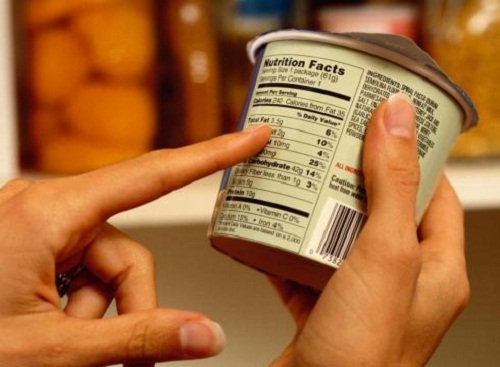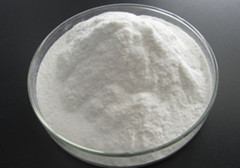MCC as Wet Granulation Filler : MCC is one of the very few types of filler with water insoluble yet hydrophilic properties with swelling tendencies (other examples being calcium pectinate and sodium alginate) and excellent water imbibing or wicking action. This is what makes it an excipient of choice in wet granulation procedures. Both Avicel PH 101 and PH 102 can be used advantageously as fillers in wet granulation in a recommended level of 5-15%. When used as a wet massing adjunct, the wicking action of MCC promotes rapid and even wetting of the powder mix. An advantage of its use in wet granulation is its ability to retain water, which makes the wet mass less sensitive to overwetting due to an excess of granulating fluid. The milling of the wet mass is easier due to less clogging of the screen that produces a more uniform granulation, which is readily dried and reduces case hardening. Case hardening is a phenomenon observed in incompletely dried granules. In some cases, when the granules are dried at a high temperature, the inside of the granules remain wet and the surface seems dried. The granules are often hard and resist disintegration. Under compaction forces, the granules break and deform plastically to form soft tablets due to the moisture coming out of the incompletely dried granules.
The addition of Avicel PH 101 or PH 302 in wet granulation promotes rapid, even wetting as a result of the wicking action of MCC, reduced sensitivity of the wet mass to over-wetting, faster drying, fewer screen blockages or case hardenings, reduced dye migration, and faster disintegration. [6]Since MCC is water insoluble, the small drug particles get trapped between the deformed MCC particles and may delay wetting and dissolution. This must be overcome by adding portions of water soluble direct compression excipients. [4]Roller Compaction : Roller compaction is a dry process involving compaction of materials into ribbons that are then milled to generate a granulation. This granulation is then lubricated and compressed on a tablet machine. This process can be used with moisture-sensitive active pharmaceutical ingredients and is readily adaptable to continuous processing. Use of Avicel PH grades in roller compaction includes improvement of compaction in the ribbon phase, enhancement of flow of the granules, and preserving content uniformity of the final granulation.



